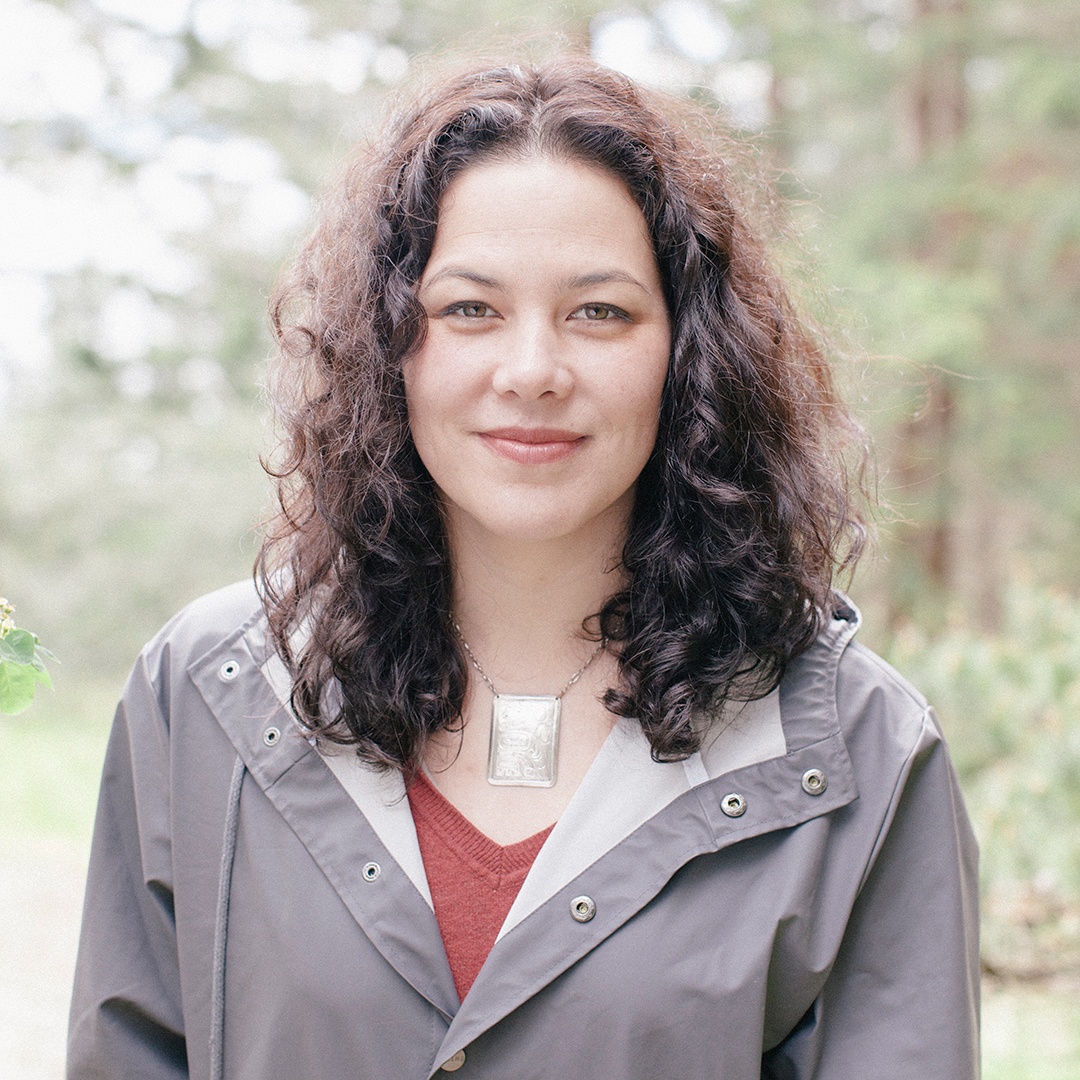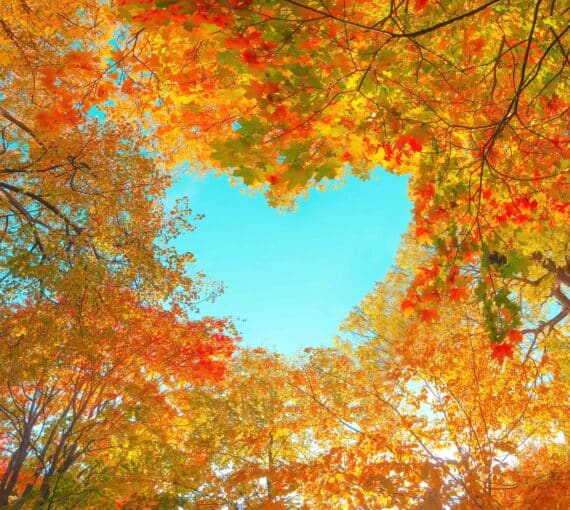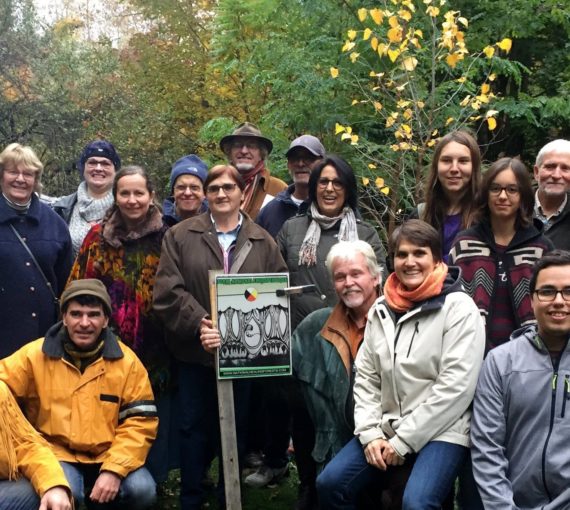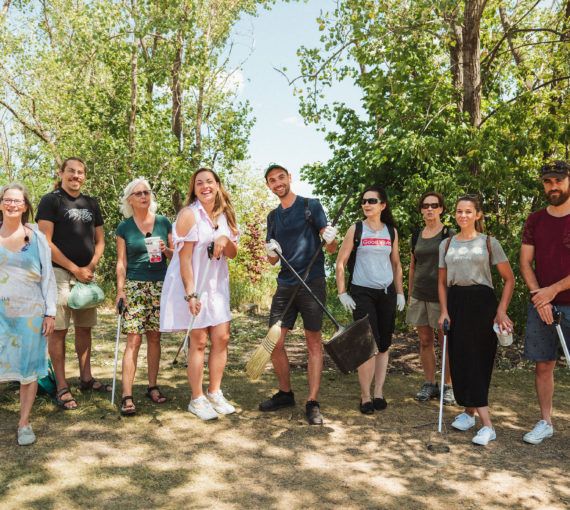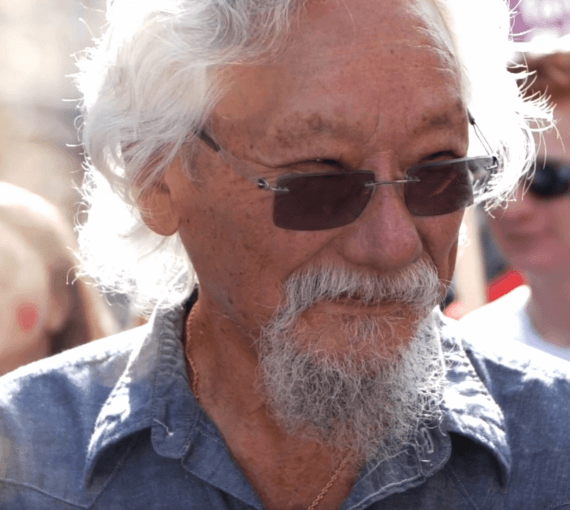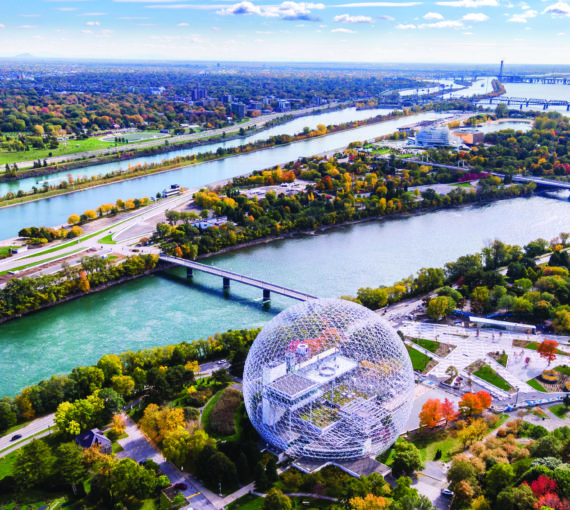Healing Forests can rekindle our understanding, love and respect for each other and nature
Throughout Canada, individuals and communities are coming together to dedicate green spaces to the first inhabitants of the land and their descendants, to educate people about this country’s tragic past, and to offer people a chance to begin their own personal journey toward reconciliation. They’re called Healing Forests, and they offer tangible actions that promote health, healing and community.
For the past three years, the David Suzuki Foundation has been partnering with the National Healing Forests Initiative to expand the national network of Healing Forests. Combining reconciliation and healing into one immersive experience, each Healing Forest is different. Today, one is on the grounds of a church. One is on private land. Another is in a woodlot next to a school. They all bring people together to learn about these shared lands and the people who have lived on them for millennia.
How Healing Forests began
In 2015, Patricia Stirbys and Peter Croal were on a healing walk in Ottawa as part of the release of the Truth and Reconciliation Commission’s report on residential institutions. Following that walk, they agreed to work together to develop the concept of a forested healing space. Today, they are spreading the seeds of the Healing Forest idea throughout the country.
Learn more about the National Healing Forest Initiative and its co-founders
By establishing a Healing Forest, anyone can take that first step to bring people together, help them reflect on this country’s tragic past and connect with nature and each other.
Patricia Stirbys, co-founder, National Healing Forests Initiative
The National Healing Forests Initiative continues to grow as a vital movement for reconciliation, education, and healing. In collaboration with the David Suzuki Foundation and dozens of local groups, 18 new Healing Forests have been established over the past three years, including eight new Healing Forests in 2024. This brings the total network to 26 Healing Forests throughout Canada.
Each Healing Forest serves as a unique gathering place, blending Indigenous knowledge, ecological stewardship, and community engagement. Together, the network offers Canadians opportunities to deepen understanding, nurture relationships, and take meaningful steps toward reconciliation with Indigenous peoples and the land.
A look inside existing Healing Forests. Get inspiration for your own!
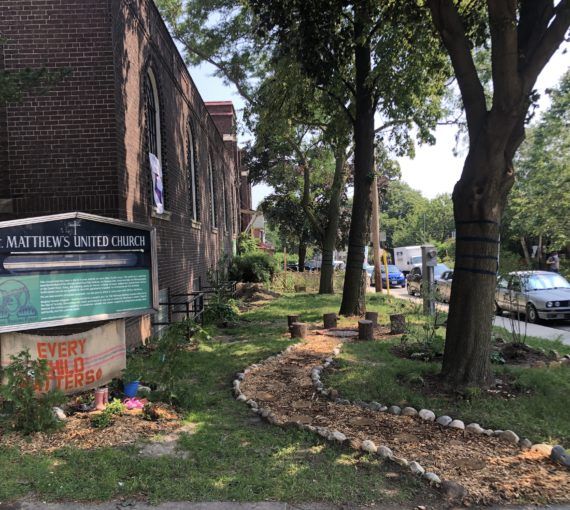
Noojimo’iwewin Gitigaan Healing Garden
Stewarded by members of the Indigenous Peoples Solidarity Group at St. Matthew’s United Church in Toronto, this small green space is home to more than 100 species of native plants. Both the land and the water are acknowledged in signage that situates the garden between the “lost rivers” of Taddle and Garrison creeks, and identifies the four sacred medicines – tobacco, sweetgrass, sage, and cedar – that grow here.
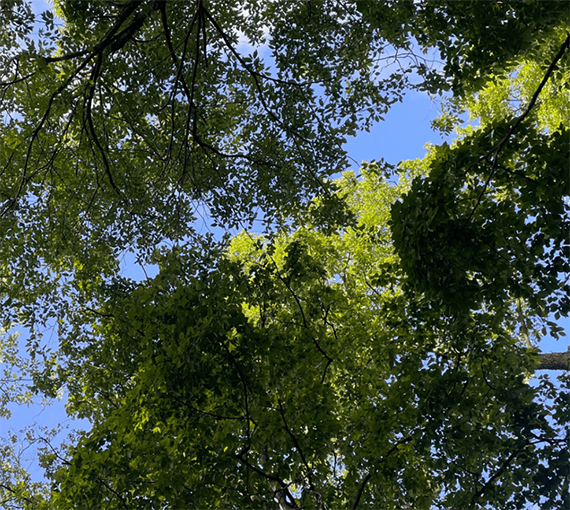
University of Waterloo Healing Forest
The University of Waterloo Healing Forest includes forests, meadows and Columbia Lake. These spaces have long supported teaching, research, and conservation. Designated as a Healing Forest in alignment with the University’s 2023-2028 Indigenous Strategic Plan, the initiative reflects commitments to decolonization, Indigenization, and reconciliation. In 2024, the University hosted an exhibit profiling the forest.
Learn more about the University of Waterloo Healing Forest.
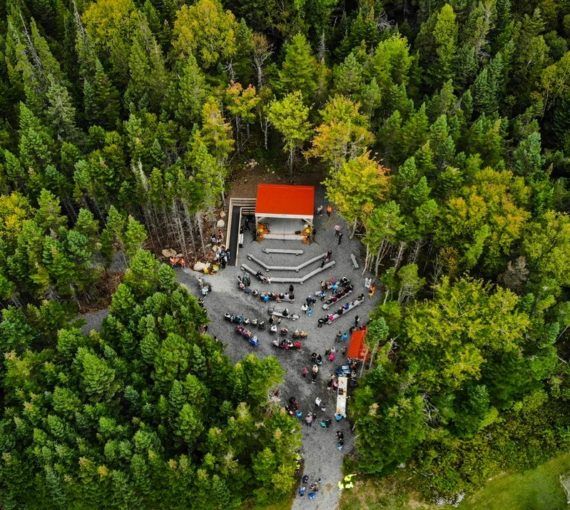
Riverside Knowledge Path
The Riverside Knowledge Path is tucked away behind Riverside School in Albert Bridge, Nova Scotia. An accessible gravel two kilometre walking path guides you through the surrounding Acadian forest. Read a book from the comfort of one of the wooden benches, gather in the Mawita’nej Learning Pergola or make music at the Sule’katike’l Sound Garden. The Path is home to a Healing Forest and a sharing circle, a space where students, staff and visitors can come together in the spirit of reconciliation.
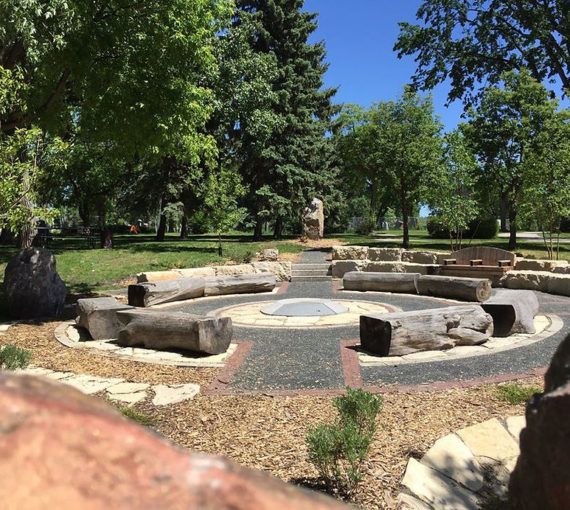
Kapabamayak Achaak Healing Forest
Located in St. John’s Park, Winnipeg, the Kapabamayak Achaak (“Wandering Spirit”) Healing Forest received its Spirit name as a gift from Peetanacoot Nenakawekapo, an Anishnaabe Elder. The gathering space, based on the medicine wheel, provides a place for quiet reflection and ceremony. A sacred fire pit is available. Four large grandmother stones mark the four directions. The steering committee is working with neighbouring schools and communities to develop a living curriculum to learn about medicine plants and Indigenous teachings.
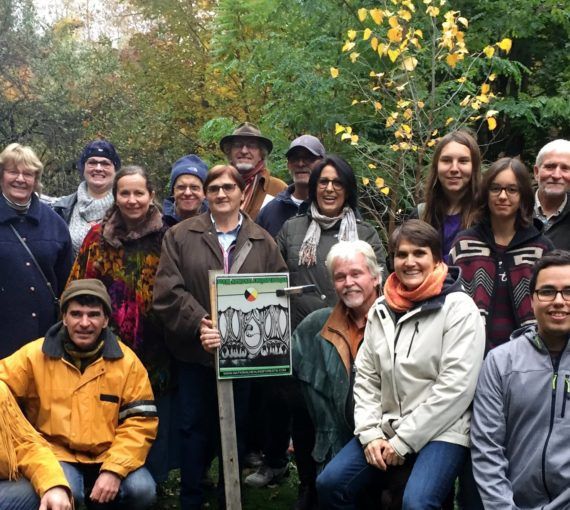
Fitch Bay Healing Forest
On October 7, 2018, the Fitch Bay Healing Forest was inaugurated with ceremony, respect, and community. It’s the first Healing Forest to be created in Quebec and on private land – another first. Its champion, Terry Loucks, established the forest on the two-and-a-half hectares he owns in order to preserve his spiritual ancestors’ legacy and heal people as it did him.
How to establish a Healing Forest
Since 2015, Indigenous and non-Indigenous communities have been coming together to develop their own Healing Forest ideas. The National Healing Forest Initiative has left it to communities to determine what their Healing Forest would look like and how it would function. The only proviso is that each Healing Forest be established and used in the spirit of reconciliation, healing, shared understanding, and respect.
For more information, check out the National Healing Forests Initiative FAQ page.
Expert Articles
New mining permits in Grassy Narrows show Ontario heading backward on reconciliation
The granting of eight new mining permits in the traditional territory of Grassy Narrows without consulting the nation or notifying the community, confirms Ontario is heading backward on their path to reconciliation.
Environment and culture activist and author and former David Suzuki Foundation Executive Director
This is the transformation decade
Last fall, the David Suzuki Foundation announced that I would be joining the team full-time this September as executive director. I write you today with a deep sense of excitement, responsibility and alignment for taking up this work.
Environment and culture activist and author and former David Suzuki Foundation Executive Director
St’ii kaa (COVID-19) sk’yanxan uu Xaayda kil gud ad t’alang kihlgul Sickness walking even still Haida language together we speak
Indigenous languages are a portal to a relationship with Earth.
Environment and culture activist and author and former David Suzuki Foundation Executive Director
Help nature thrive
When nature flourishes, we benefit. It’s up to all of us to make sure Canada’s party leaders know we must respect, protect and restore nature so it can sustain all life.
